📞+86 153 7530 2641 📧 hongjing.Wang@feichuncables.com

What is a Dredger and What Types of Marine-Grade Cables Are Used in Dredging Operations?
Learn what a dredger is and explore the various types of marine cables used in dredging, including power, control, floating, and fiber optic cables for underwater cable solutions in dredging operations.
hongjing.Wang@Feichun
8/1/202512 min read
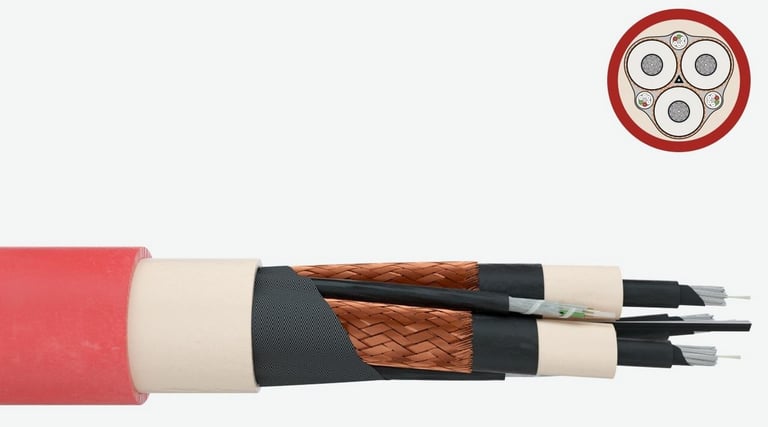

Introduction
A dredger is a specialized marine vessel or floating platform equipped with machinery designed to excavate, remove, and transport sediment, sand, silt, or debris from the bottom of water bodies such as rivers, lakes, oceans, and harbors. This process, known as dredging, represents one of the most critical operations in marine engineering and environmental management, serving multiple purposes from maintaining navigable waterways to creating new land masses and extracting valuable underwater resources.
The importance of dredging in the marine industry cannot be overstated. As global trade continues to expand and larger vessels require deeper channels, dredging operations ensure that ports and shipping routes remain accessible and economically viable. Beyond commercial applications, dredging plays a vital role in environmental restoration, flood control, and coastal protection projects worldwide.
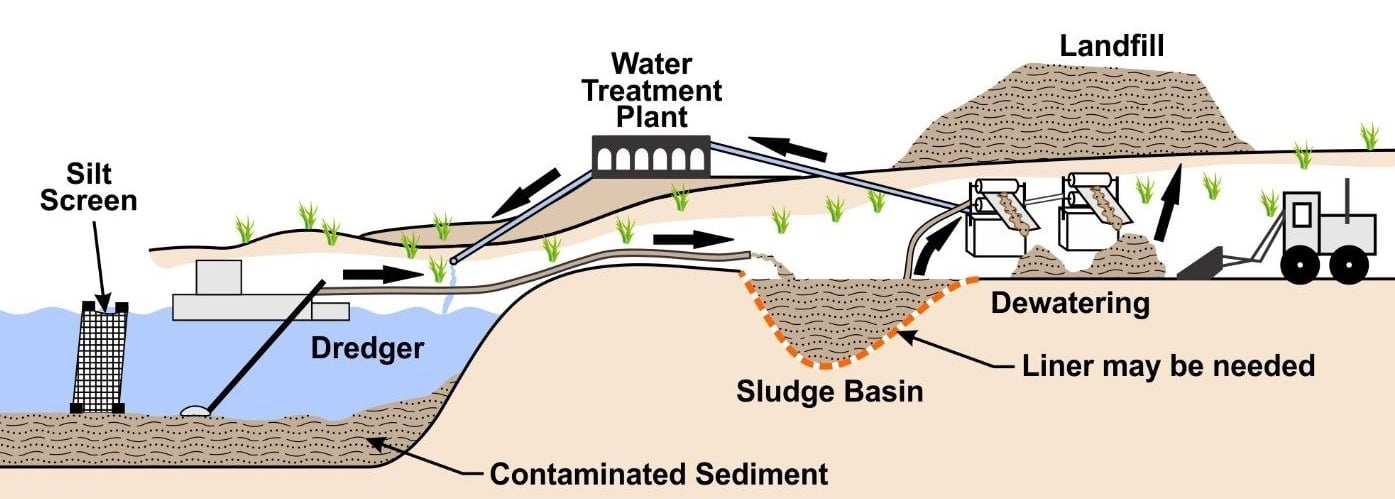

At the heart of every dredging operation lies a complex network of specialized cables that serve as the lifeline for these massive machines. These marine-grade cables must withstand the harsh underwater environment while providing reliable power transmission, precise control signals, and real-time data communication. The selection and quality of these cables directly impact the safety, efficiency, and operational success of dredging projects, making them a critical component worthy of detailed examination.
Applications of Dredgers
Maintenance of Waterways and Ports
The primary application of dredgers involves maintaining existing waterways and port facilities. Over time, natural sedimentation processes cause channels to shallow, potentially restricting vessel access and reducing port capacity. Regular maintenance dredging removes accumulated sediment, ensuring that shipping lanes remain deep enough for large commercial vessels. This application is particularly crucial for major shipping ports that handle container ships, bulk carriers, and tankers, where even minor reductions in channel depth can result in significant economic losses.
Land Reclamation
Dredgers play an essential role in land reclamation projects, where sediment removed from one location is strategically placed to create new land masses or expand existing coastlines. This application has enabled the development of major urban centers in coastal areas with limited natural land availability. The process involves carefully controlled sediment placement, often requiring precise positioning and material handling capabilities that modern dredging equipment provides.
Underwater Mining and Sand Extraction
The extraction of valuable materials from underwater deposits represents another significant application for dredging equipment. Sand and gravel mining operations rely on specialized dredgers to harvest construction materials from riverbeds, lake bottoms, and offshore deposits. Additionally, some dredging operations target valuable minerals and aggregates, making underwater mining an economically important sector that demands highly efficient and reliable equipment.
Environmental Restoration and Pollution Control
Environmental dredging has become increasingly important as communities address legacy contamination in water bodies. This specialized application involves the careful removal of contaminated sediments from industrial sites, former waste disposal areas, and polluted waterways. Environmental dredging requires precise control and containment systems to prevent the spread of contaminants during removal operations, making cable reliability and control system accuracy particularly critical.
Cutter Suction Dredger (CSD)
The Cutter Suction Dredger represents one of the most versatile and widely used dredging platforms. These vessels feature a rotating cutter head mounted at the end of a movable arm, which mechanically breaks up hard materials including clay, compacted sand, and even soft rock. The loosened material is then drawn through a suction pipe using powerful pumps and transported via pipeline to disposal or placement areas. CSDs excel in applications requiring the excavation of compact soils and are particularly effective for channel deepening and land reclamation projects.
The cutter head's design varies depending on the intended application, with some featuring cutting teeth for hard soils and others using smooth edges for softer materials. The suction capability of these dredgers can handle high concentrations of solids, making them efficient for large-volume excavation projects.
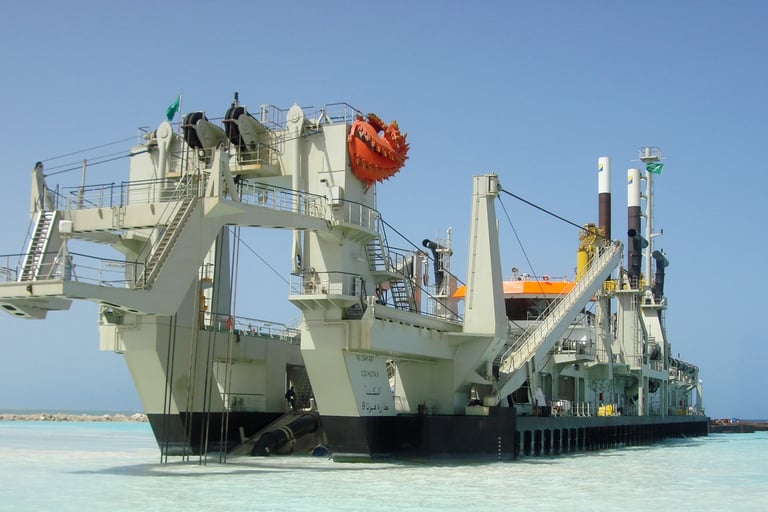

Trailing Suction Hopper Dredger (TSHD)
Trailing Suction Hopper Dredgers are self-propelled vessels equipped with drag arms that trail suction heads along the seabed while the vessel moves forward. The excavated material is stored in onboard hoppers and can be transported to disposal sites or processing facilities. TSHDs are particularly common for maintenance dredging operations in ports and shipping channels due to their mobility and ability to work in areas with vessel traffic.
These dredgers offer excellent maneuverability and can operate independently without requiring external pipeline connections. The hopper storage system allows for efficient material transport over considerable distances, making TSHDs ideal for projects where disposal sites are located far from the dredging area.
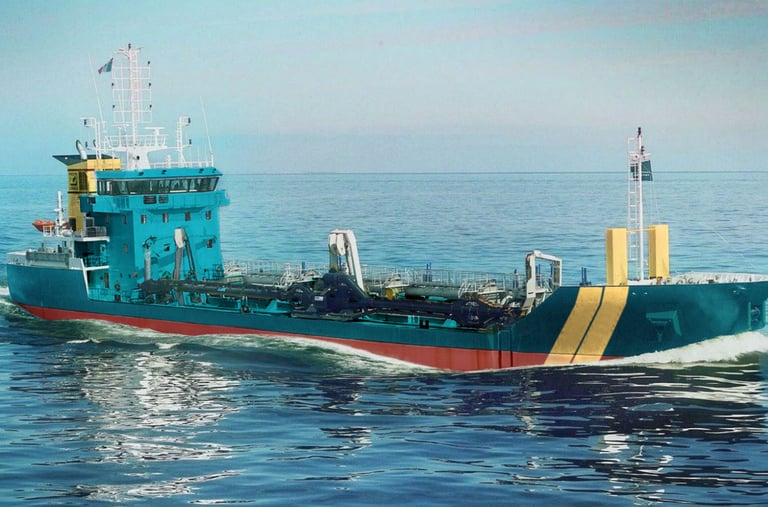

Bucket Ladder Dredger (Sand Dredger)
Bucket Ladder Dredgers utilize a continuous chain of buckets that rotate around a ladder frame, mechanically scooping material from the seabed. This design provides excellent digging force and is particularly effective for deep dredging operations and the excavation of hard, compacted soils. The continuous operation of the bucket chain enables steady production rates, making these dredgers suitable for large-scale sand and gravel extraction projects.
The bucket design can be customized for different soil conditions, with heavy-duty buckets used for hard materials and larger capacity buckets employed for loose sediments. These dredgers often work in conjunction with transport vessels that receive the excavated material directly from the bucket discharge system.
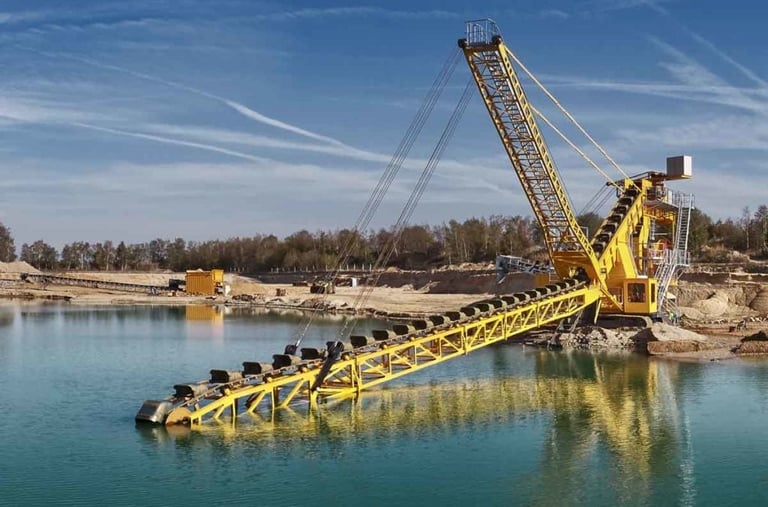

Common Types of Dredgers
Backhoe Dredger (Excavator Dredgers)
Backhoe Dredgers function essentially as excavators mounted on barge platforms, providing precise digging capabilities for localized dredging operations. The familiar excavator arm and bucket configuration allows for accurate material placement and selective excavation, making these dredgers ideal for precision work around structures, utilities, and sensitive areas.
These versatile platforms can be equipped with various bucket sizes and configurations to match specific project requirements. Their precision and maneuverability make them particularly valuable for maintenance work in harbors, marina construction, and environmental remediation projects where careful material handling is essential.
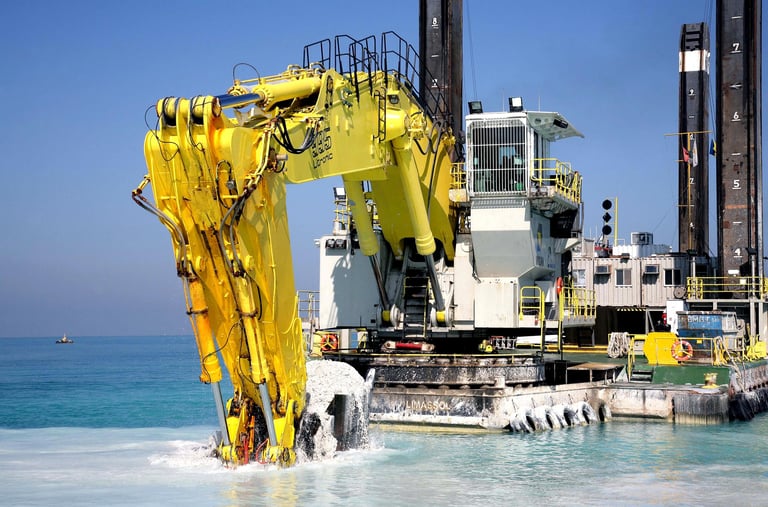

Grab Dredger (Clamshell Dredgers)
Grab Dredgers employ a clamshell bucket system suspended from a crane or specialized lifting mechanism to excavate material through vertical lifting motions. The clamshell bucket closes around the sediment and lifts it directly to the surface for disposal or loading onto transport vessels. This design is particularly well-suited for work in confined spaces where horizontal movement is restricted.
The grab bucket can be designed for specific soil conditions, with heavy-duty versions capable of handling rocky materials and lighter configurations optimized for soft sediments. These dredgers are commonly used in harbor maintenance, where precise excavation around piers and structures is required.
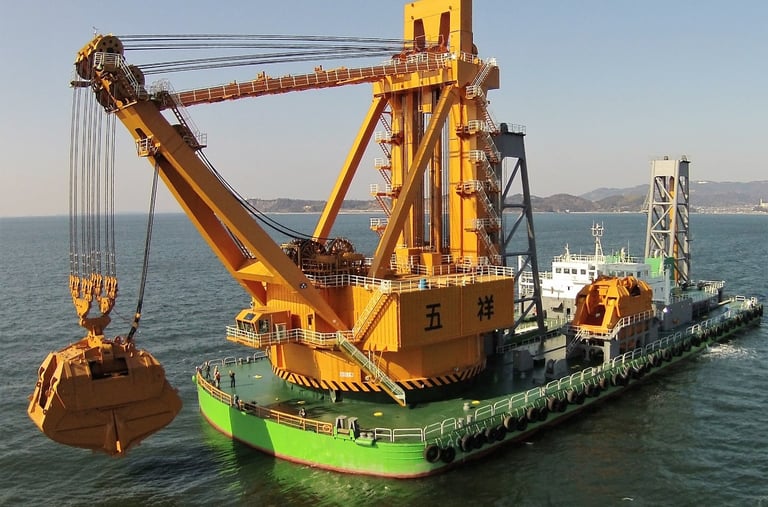

Hydraulic Dredger
Hydraulic Dredgers rely primarily on water pressure and flow to displace and transport material, making them ideal for working with loose or fine-grained sediments. These systems use high-pressure water jets to break up material and create slurry that can be easily pumped through pipeline systems. The gentle hydraulic action makes these dredgers particularly suitable for environmental applications where sediment disturbance must be minimized.
The hydraulic approach proves especially effective for fine materials such as silt and organic sediments, where mechanical cutting might create unwanted turbidity or environmental impact. These dredgers often incorporate advanced control systems to manage flow rates and pressure levels for optimal performance.

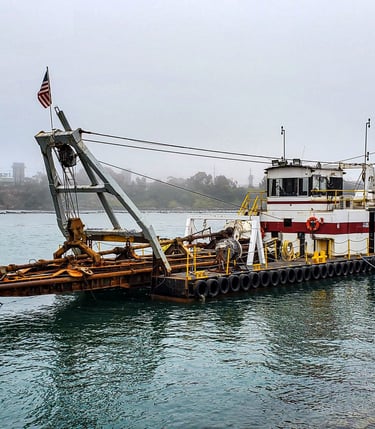
Types of Cables Used in Dredging Equipment
The marine environment presents unique challenges that demand specialized cable solutions designed for durability, flexibility, and reliable performance under extreme conditions. Dredging operations require cables that can withstand constant submersion, abrasive contact with sediments, exposure to saltwater corrosion, and the mechanical stresses associated with moving machinery. The quality and appropriate selection of these cables directly impacts operational safety, equipment reliability, and project efficiency.
Power Cables
Power cables in dredging applications must transmit electrical energy reliably to drive the various motors, pumps, and hydraulic systems that power dredging equipment. These cables typically operate at high voltages, often ranging from 1kV to 15kV, requiring robust insulation systems and protective armoring. Marine-grade power cables feature specialized insulation materials that resist saltwater penetration and maintain electrical integrity even when subjected to continuous submersion.
The construction of dredging power cables typically includes multiple layers of protection, starting with high-quality copper or aluminum conductors, followed by cross-linked polyethylene (XLPE) or ethylene propylene rubber (EPR) insulation. Steel wire or tape armoring provides mechanical protection against impact and abrasion, while an outer sheath of polyurethane or chlorosulfonated polyethylene offers additional chemical and UV resistance.
Control Cables
Control cables facilitate the precise operation of hydraulic systems, cutter heads, suction pipes, and positioning equipment. These cables must transmit various control signals reliably while maintaining signal integrity in the electrically noisy environment of dredging operations. Control cables typically feature multicore designs with individually shielded conductors to prevent electromagnetic interference from affecting sensitive control systems.
The flexibility requirements for control cables are particularly demanding, as they must accommodate the constant movement of dredging arms, cutter heads, and other articulated components. Advanced control cables incorporate stranded conductors and specialized jacket materials that maintain flexibility even after extended exposure to marine conditions. Shielding systems, often consisting of braided wire or wrapped tape, protect against electromagnetic interference from nearby power systems and radio communications.
Floating Cables
Floating cables provide temporary power or data transmission connections across water surfaces, enabling flexible positioning of dredging equipment without the constraints of fixed installations. These specialized cables incorporate buoyant materials within their construction to maintain positive buoyancy while providing reliable electrical connectivity. The buoyancy must be carefully balanced to ensure the cable floats at the appropriate depth while maintaining gentle curves that minimize stress concentration.
UV resistance becomes particularly critical for floating cables due to their exposure to direct sunlight. Advanced polymer formulations and UV stabilizers ensure that cable jackets maintain their mechanical properties and appearance throughout extended surface deployment. Additionally, these cables often incorporate bright colors or reflective marking to enhance visibility for marine traffic safety.
Dynamic Cables
Dynamic cables are engineered specifically for applications involving repetitive motion, such as cutter heads, dredging arms, and other moving components. These cables must withstand millions of flex cycles while maintaining electrical continuity and mechanical integrity. The construction typically features specially stranded conductors designed to distribute mechanical stress evenly, along with advanced jacket materials that resist fatigue cracking.
High tensile strength represents a critical requirement for dynamic cables, as they must support their own weight while accommodating the forces generated by equipment movement. Advanced dynamic cables incorporate strength members such as aramid fibers or steel strands to provide load-bearing capability while maintaining the flexibility required for continuous motion applications.
Fiber Optic Cables
Modern dredging operations increasingly rely on real-time data transmission for monitoring equipment performance, environmental conditions, and operational parameters. Fiber optic cables provide the high-bandwidth communication capabilities required for advanced control systems, video monitoring, and data logging applications. Marine-grade fiber optic cables feature specialized designs that protect the delicate glass fibers from mechanical damage while providing reliable signal transmission over extended distances.
The low attenuation characteristics of fiber optic systems enable long-distance communication without signal degradation, making them ideal for large dredging projects where equipment may operate several kilometers from control stations. Underwater fiber optic cables require robust protective designs, often incorporating gel-filled buffer tubes and armored constructions to prevent water ingress and mechanical damage.
Hybrid Cables
Hybrid cables represent an advanced solution that combines power transmission, control signals, and data communication capabilities within a single cable assembly. This integrated approach reduces installation complexity, minimizes the number of cable connections required, and provides a more organized and manageable cable system. Hybrid cables can be custom-configured to match the specific requirements of individual dredging systems.
The design of hybrid cables requires careful consideration of electrical isolation between power and signal conductors, thermal management, and mechanical compatibility of different cable elements. Advanced hybrid designs incorporate multiple protective barriers and specialized construction techniques to ensure reliable performance across all integrated functions.
Towing and Anchor Cables
While not electrical in nature, towing and anchor cables play a crucial role in dredging operations by providing stability, positioning control, and emergency recovery capabilities for floating dredgers. These cables must provide exceptional tensile strength and abrasion resistance to withstand the forces generated by currents, weather, and equipment movement. Steel wire rope constructions offer maximum strength for heavy-duty applications, while synthetic alternatives provide advantages in terms of weight, handling, and corrosion resistance.
The selection of towing and anchor cables depends on factors including water depth, environmental conditions, equipment size, and operational requirements. Advanced synthetic ropes incorporating high-modulus polyethylene or aramid fibers can provide strength comparable to steel while offering significant advantages in terms of handling safety and maintenance requirements.
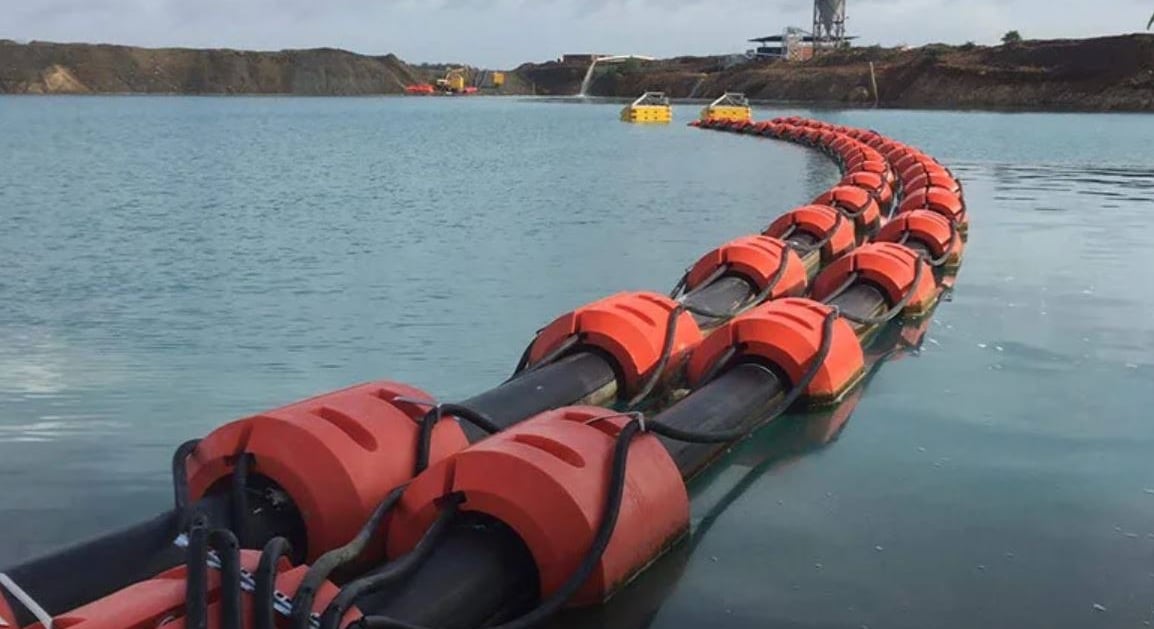

Key Features of Dredger Cables
Waterproofing
Effective waterproofing represents the most fundamental requirement for all dredging cables, as these systems must operate reliably during continuous submersion in challenging marine environments. Advanced waterproofing techniques include longitudinal water blocking compounds, radial water barriers, and specialized sheath materials that prevent water ingress even when the outer jacket is damaged. The waterproofing system must maintain its effectiveness throughout the cable's operational life, despite exposure to varying pressures, temperatures, and mechanical stresses.
Saltwater and UV Resistance
Saltwater corrosion poses a constant threat to marine cable systems, requiring specialized materials and protective treatments to ensure long-term reliability. Marine-grade cables incorporate corrosion-resistant conductors, often using tinned copper or aluminum alloys, along with jacket materials specifically formulated to resist saltwater degradation. UV resistance becomes critical for cables with surface exposure, requiring stabilized polymer formulations and protective additives that maintain material properties despite continuous sunlight exposure.
High Flexibility
The demanding mechanical requirements of dredging operations necessitate cables with exceptional flexibility characteristics that can accommodate continuous movement without performance degradation. Advanced stranding techniques, specialized conductor designs, and flexible jacket materials combine to provide the mechanical properties required for dynamic applications. The flexibility must be maintained throughout the cable's service life, despite exposure to varying temperatures, chemical exposure, and mechanical cycling.
Abrasion Resistance
The harsh operating environment of dredging operations subjects cables to constant abrasive contact with sediments, debris, and equipment surfaces. High-performance jacket materials, often incorporating specialized polymer formulations or protective overlays, provide resistance to abrasive wear while maintaining flexibility and electrical properties. Some applications require additional mechanical protection such as external conduits or sacrificial outer layers.
Long Service Life in Marine Environments
The economic success of dredging operations depends heavily on equipment reliability and minimal downtime for maintenance or repairs. Marine-grade cables are designed for extended service life, often exceeding 20 years of continuous operation in harsh marine conditions. This longevity requires careful material selection, robust construction techniques, and comprehensive quality control processes to ensure consistent performance throughout the cable's operational life.
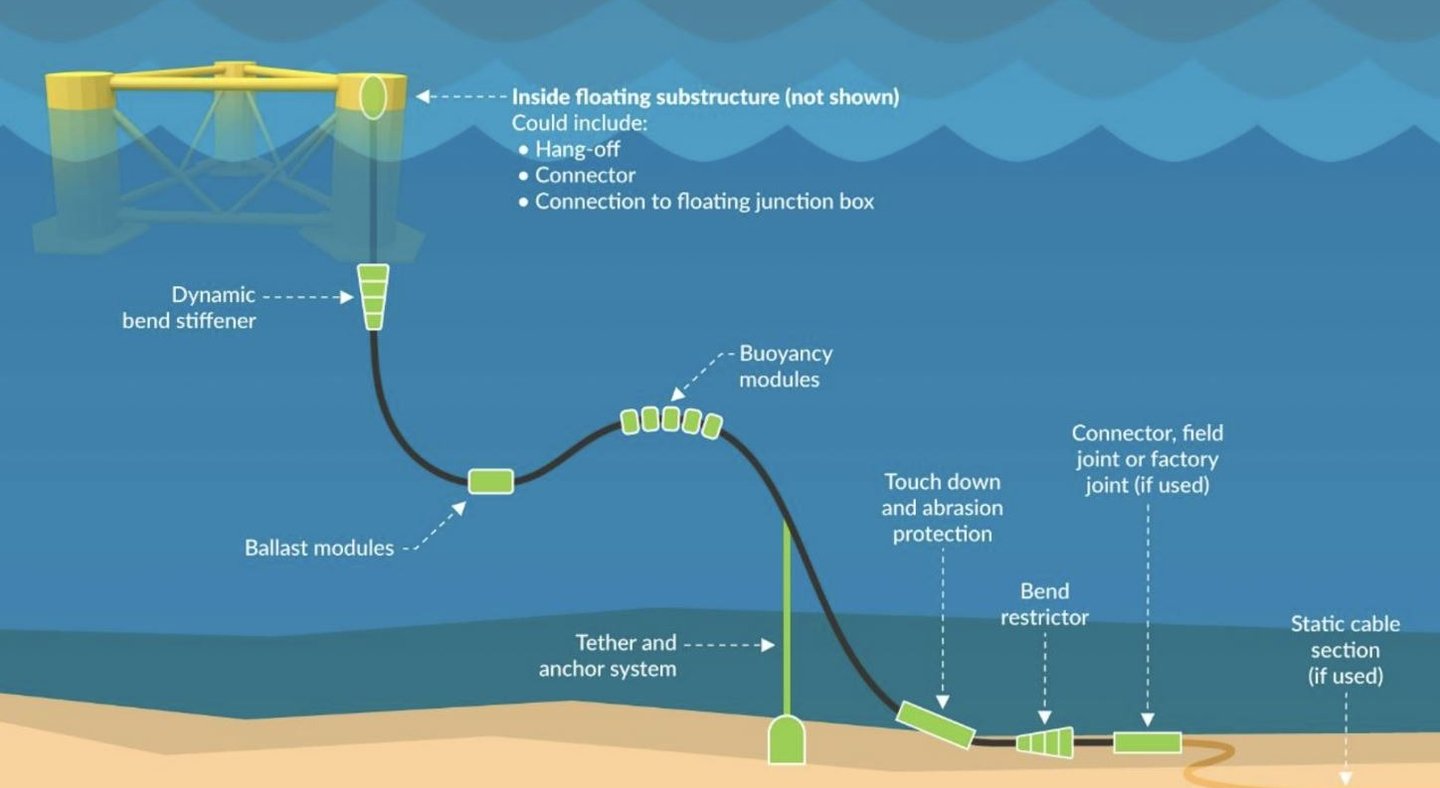

Conclusion
Dredgers represent sophisticated marine engineering platforms that rely heavily on specialized cable systems to achieve their operational objectives safely and efficiently. From the massive power cables that energize cutter heads and pump systems to the delicate fiber optic networks that enable real-time monitoring and control, every cable component plays a critical role in the success of dredging operations.
The selection of appropriate cables directly impacts not only the immediate performance of dredging equipment but also the long-term economic viability of projects through effects on reliability, maintenance requirements, and operational efficiency. As dredging operations continue to evolve toward larger scales, deeper waters, and more demanding environmental requirements, the importance of high-quality, purpose-designed cable systems becomes increasingly critical.
The investment in certified, marine-grade cable systems represents a fundamental requirement for successful dredging projects. The harsh marine environment, demanding operational cycles, and critical safety requirements leave no margin for compromise in cable quality or specifications. Project managers and equipment operators must recognize that cable systems represent far more than simple electrical connections – they constitute the nervous system that enables modern dredging equipment to operate safely, efficiently, and reliably in one of the world's most challenging industrial environments.
Frequently Asked Questions (FAQs)
Q: What makes marine-grade cables different from standard industrial cables? A: Marine-grade cables are specifically designed to withstand saltwater corrosion, continuous submersion, UV exposure, and the mechanical stresses of marine environments. They feature specialized insulation materials, waterproofing systems, and protective armoring that standard cables lack.
Q: How long do dredging cables typically last in marine environments? A: High-quality marine-grade dredging cables are designed for service lives exceeding 20 years when properly installed and maintained. However, actual lifespan depends on operating conditions, maintenance practices, and cable quality.
Q: Why are hybrid cables becoming more popular in dredging applications? A: Hybrid cables combine power, control, and data transmission in a single assembly, reducing installation complexity, minimizing connection points, and providing better organization of cable systems. This integration improves reliability and reduces maintenance requirements.
Q: What voltage levels are typically used in dredging power cables? A: Dredging power cables commonly operate at voltages ranging from 1kV to 15kV, depending on the size and power requirements of the specific dredging equipment. Larger dredgers may require higher voltages for efficient power transmission.
Q: How important is cable flexibility for dynamic dredging applications? A: Cable flexibility is critical for dynamic applications, as dredging equipment components may undergo millions of flex cycles during operation. Cables must maintain electrical continuity and mechanical integrity throughout these repeated movements.
Q: What are the most common causes of cable failure in dredging operations? A: Common failure modes include water ingress due to damaged jackets, mechanical damage from abrasion or impact, fatigue failure in dynamic applications, and corrosion of conductors or connections in marine environments.
How to Reach Us
Get in Touch
SiteMap
Product Catalogue
Reeling Cable
Festoon Cable
Shore Power Cable




Scan to add us on WeChat
